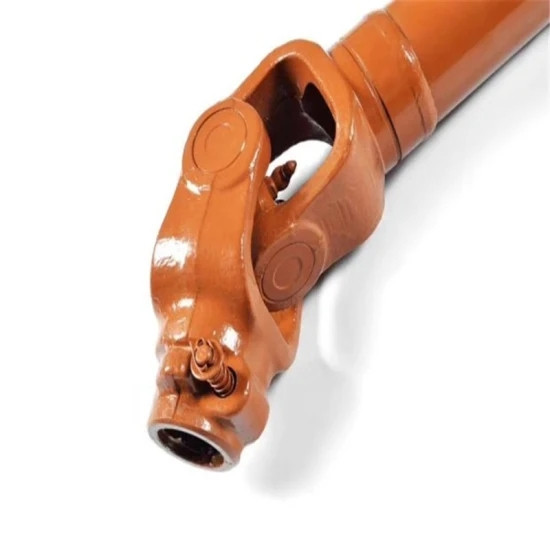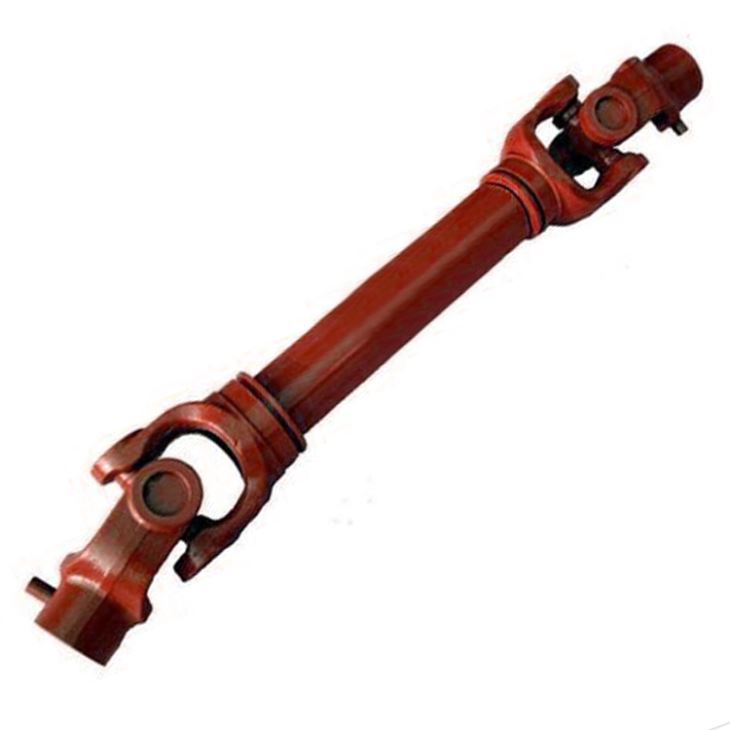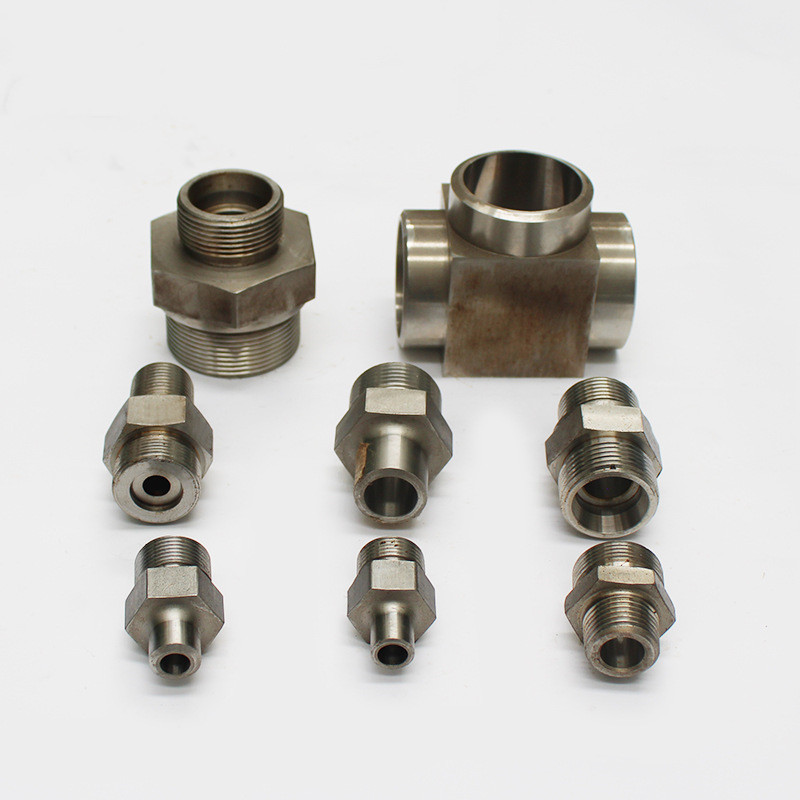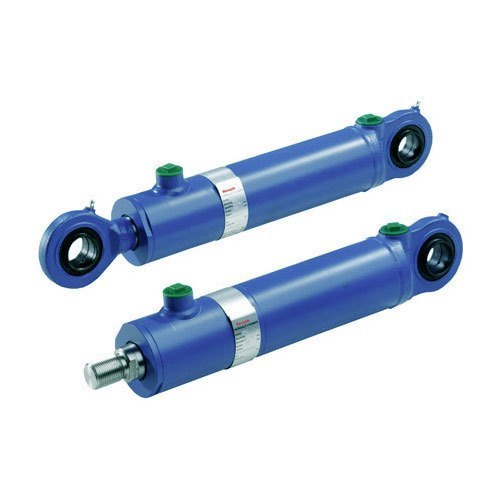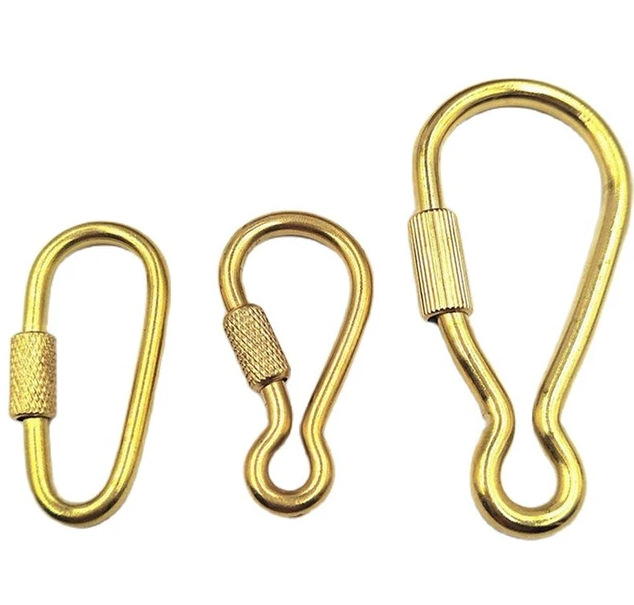In conclusion, 5-axis CNC shaft machining car parts are extensively used in various applications within the automotive industry. These parts play a crucial role in the transmission, drivetrain, differential, steering, powertrain, and suspension systems of vehicles. With their high-precision machining and durability, these car parts contribute to the overall performance, efficiency, and safety of automobiles.
Cause of the fault: The 5-axis CNC shaft machining car part is designed and manufactured to be highly reliable and durable. However, like any mechanical component, it can experience faults or failures under certain circumstances. Let's explore some of the common causes of faults in 5-axis CNC shaft machining car parts:
Material fatigue: Over time, the repeated stresses and strains on the car part can lead to material fatigue. This can occur due to continuous use, high torque loads, or improper maintenance. Material fatigue can weaken the structural integrity of the part, leading to cracks or fractures.
Improper installation: If the car part is not properly installed or aligned, it can result in excessive stress or misalignment. This can cause premature wear, increased friction, and ultimately, failure of the part. It is essential to follow proper installation procedures and ensure that the part is correctly aligned.
Contamination: The presence of contaminants such as dirt, dust, or moisture can adversely affect the performance of the car part. Contaminants can cause corrosion, abrasion, or clogging of critical components, leading to reduced functionality and eventual failure. Regular cleaning and maintenance are necessary to prevent contamination-related issues.
Insufficient lubrication: Adequate lubrication is crucial for the smooth operation of the car part. Insufficient or improper lubrication can result in increased friction, heat generation, and accelerated wear of the component. It is essential to use the recommended lubricants and follow the manufacturer's guidelines for lubrication intervals.
Overloading: Exceeding the recommended load capacity or subjecting the car part to excessive forces can lead to failure. Overloading the part can cause deformation, stress concentration, or even complete breakage. It is essential to operate the vehicle within the designated load limits and avoid excessive forces or impacts.
Manufacturing defects: In some cases, manufacturing defects such as material impurities, dimensional inaccuracies, or poor quality control can contribute to faults in the car part. These defects can compromise the structural integrity and performance of the component, leading to premature failure.
In conclusion, while the 5-axis CNC shaft machining car part is designed to be reliable and durable, various factors can contribute to faults or failures. Material fatigue, improper installation, contamination, insufficient lubrication, overloading, and manufacturing defects are some of the common causes of faults in these car parts. Regular maintenance, proper installation, and adherence to operating guidelines can help minimize the risk of faults and ensure the longevity and performance of the car part.
5. Troubleshoot the fault Troubleshoot the fault: When a fault or issue arises with a 5-axis CNC shaft machining car part, it is important to troubleshoot and identify the root cause in order to rectify the problem. Here are some steps that can be taken to troubleshoot and address faults in the 5-axis CNC shaft machining car part:
Inspection: Begin by visually inspecting the car part for any visible signs of damage, wear, or misalignment. Check for cracks, fractures, or any irregularities that may indicate a fault. Pay attention to the surrounding components and connections as well.
Functional testing: Perform functional tests to assess the performance and functionality of the car part. This may involve testing its rotation, torque transmission, or any other specific functionality. Compare the results with the expected performance to identify any deviations or issues.
Maintenance review: Review the maintenance records and check if the car part has been properly lubricated, cleaned, and maintained according to the manufacturer's recommendations. Inadequate maintenance can often lead to faults or failures. If necessary, carry out the required maintenance procedures in line with the manufacturer's guidelines.
Measurement and alignment: Use precision measuring tools to check the dimensions, tolerances, and alignment of the car part. Compare the measurements with the specified requirements to identify any discrepancies. Misalignment or improper dimensions can affect the performance and durability of the part.
Material analysis: If there are signs of material fatigue or failure, consider conducting a material analysis to determine the cause. This may involve testing the material for hardness, tensile strength, or any other relevant properties. Analyzing the material can help identify if it was a contributing factor to the fault.
Environmental factors: Consider the operating conditions and environment in which the car part operates. Extreme temperatures, humidity, or exposure to chemicals can affect the performance and integrity of the part. Evaluate if any environmental factors may have caused or contributed to the fault.
Expert consultation: If the fault is complex or cannot be easily identified, it may be necessary to seek the assistance of experts or engineers specializing in 5-axis CNC shaft machining car parts. They can provide valuable insights and guidance in troubleshooting the fault effectively.
Once the root cause of the fault has been identified, appropriate corrective actions can be taken. This may involve repairing or replacing the faulty part, adjusting the alignment, improving maintenance procedures, or making design modifications to prevent future issues. By systematically troubleshooting the fault, the 5-axis CNC shaft machining car part can be restored to its optimal functionality, ensuring the reliable and efficient performance of the vehicle.
6. How to install and use How to install and use:The installation and use of a 5-axis CNC shaft machining car part require careful attention to ensure proper functionality and performance. Here are the steps to install and use a 5-axis CNC shaft machining car part:
Pre-installation preparation: Before installing the car part, it is essential to review the manufacturer's instructions and specifications. Ensure that you have the necessary tools, equipment, and safety gear.
Inspection: Thoroughly inspect the car part for any visible damage, defects, or irregularities. Check for any signs of improper machining, cracks, or misalignment. If any issues are identified, contact the manufacturer for guidance.
Cleaning: Clean the car part and the surrounding components thoroughly. Remove any dirt, debris, or contaminants that may affect the performance or proper installation of the part. Use suitable cleaning agents and tools recommended by the manufacturer.
Alignment: Ensure that the car part is properly aligned with the other components and the system. Use precision measuring tools to check for proper alignment and dimensions. Adjust as necessary to ensure precise fitting and alignment.
Lubrication: Apply the appropriate lubrication to the car part as specified by the manufacturer. Lubrication is critical for smooth operation and longevity of the part. Follow the recommended lubrication intervals and the type of lubricant specified.
Installation: Carefully install the car part into the designated position. Ensure that it fits properly and securely. Use the recommended fasteners and torque specifications provided by the manufacturer. Avoid over-tightening or under-tightening the fasteners.
Functional testing: After installation, conduct functional testing to ensure the proper operation of the car part. Test its rotation, torque transmission, or any specific functionality as required. Compare the results with the expected performance to identify any issues.
Regular maintenance: Establish a maintenance schedule for the car part as recommended by the manufacturer. This may include periodic cleaning, lubrication, and inspections. Regular maintenance will help maintain the performance and longevity of the part.
Proper usage: Operate the vehicle within the designated load limits and operating conditions specified by the manufacturer. Avoid exceeding the recommended load capacity or subjecting the part to excessive forces or impacts.
Monitoring and troubleshooting: Monitor the performance of the car part during usage. If any issues or abnormalities arise, conduct troubleshooting to identify the root cause. Consult the manufacturer or seek expert assistance if necessary.
By following these steps for installation and usage, you can ensure the proper functionality, performance, and longevity of the 5-axis CNC shaft machining car part. Proper installation, regular maintenance, and adherence to operating guidelines are crucial for optimal performance and safety.

